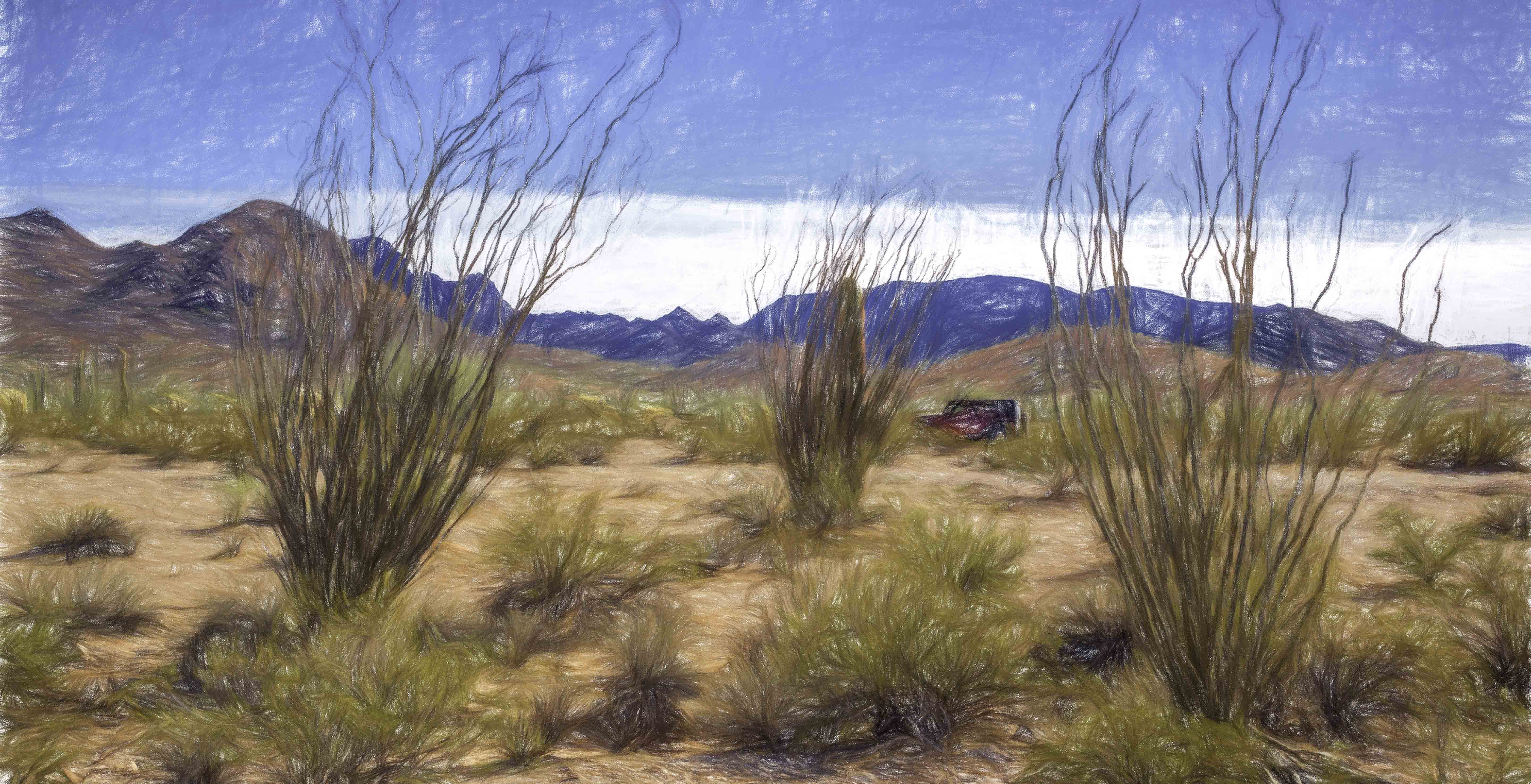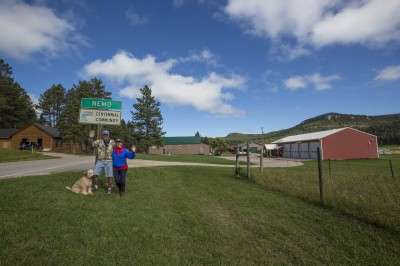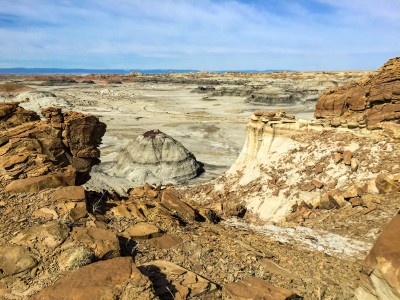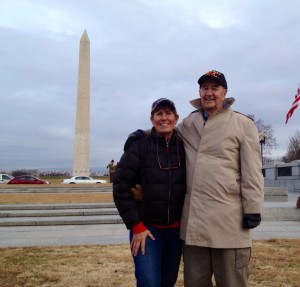AJO, (ah hoh) Arizona our first time to actually stop and stay a few days in this historic copper mining town. Over 4000 population and only one stoplight. Imagine that! The rest is laid back, colorful and a backyard that encompasses about 12 millions acres of wild lands. The Indians who traded across these lands in 1500 AD until today are called Hia-Ced O’odham. They used a Red body paint made from cupric oxide mixed with water. They called it “au’auho” which became “Ajo” Ajo in Spanish means Garlic.
Since I am a sculptor, I am Very familiar with cupric oxide, it makes a beautiful red patina on bronze and copper; my fingers have often been stained red for days after using it.
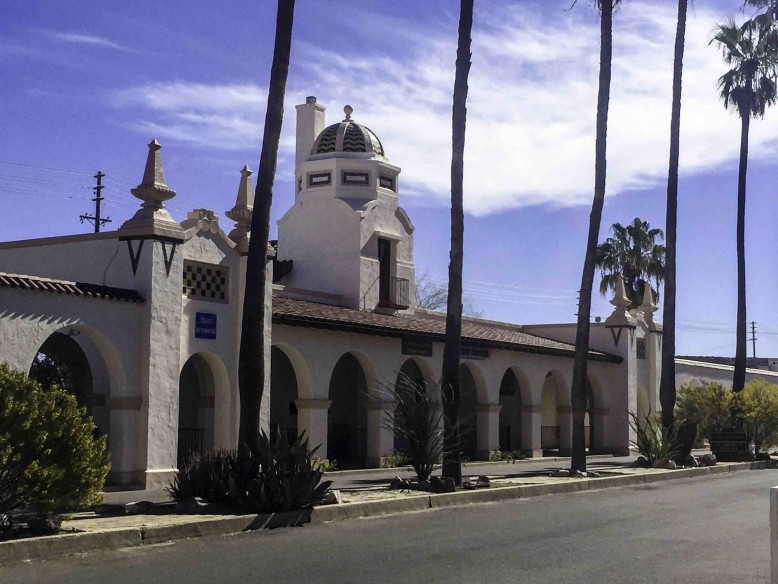
The old train depot is now the Visitor Center where you can find out anything you needed to know about Ajo, the surrounding Sonoran Desert. There are many events that take place in this interesting town. While we were camped in the area there was a Quilt Show, the Ajo Old Time Fiddler’s contest, and Vaudeville . The volunteers in the center are friendly and helpful, even suggesting their favorite spots to hike. Don’t leave your pooch in the vehicle, this place is dog friendly.
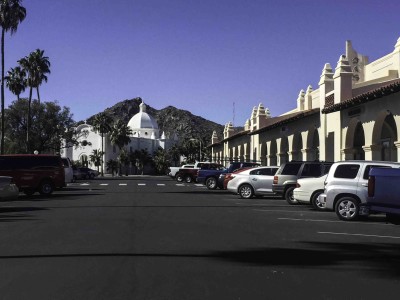
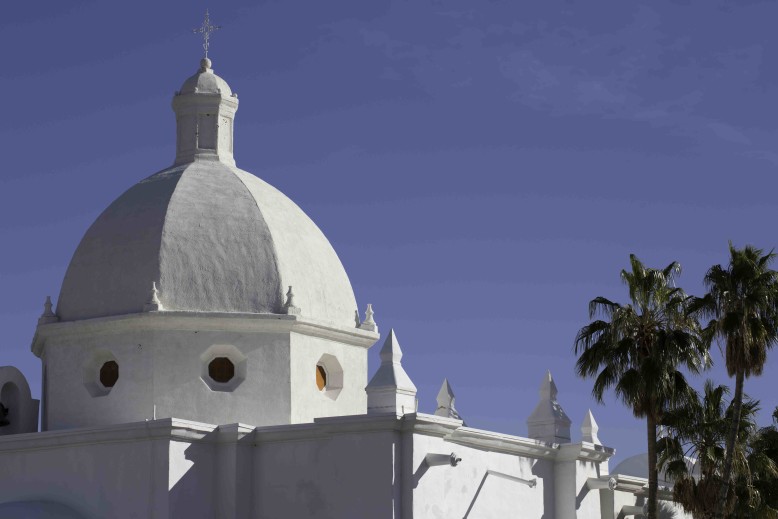
We camped at no cost at the Ajo Regional Park in the vicinity of Denison Park. It’s located off Cole Road outside of Ajo. It was a great boondocking area with clean restrooms and daily (M-F) garbage collection. We parked off the road in a semi-designated spot with a picnic table. Barely visible in the photo below is our camp.
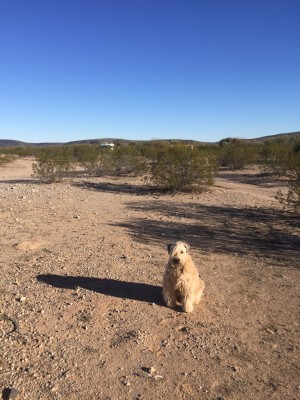
No one parked in the area while we were there. Super Bowl Sunday we were invited to join our RV friends who were camped at the Rodeo Arena not far away. It’s another good spot for boondocking, and they had W & D available. They also had free serenading by a band of burros, followed up by a chorus line of coyotes. Just one of the perks of boondocking.
If you are planning a visit to the Cabeza Prieta Wildlife Refuge be sure to obtain your permit at the Refuge Office in Ajo, the permits are free. One thing I might add is the distances to the boundaries of the refuge are something to consider before you plan your trek out there. Taking the Charlie Bell Road (which is the entrance on the Northeast side) will take about 2.5 hours on dirt roads for 15 miles, that is as far as you can go.. by vehicle or on foot.
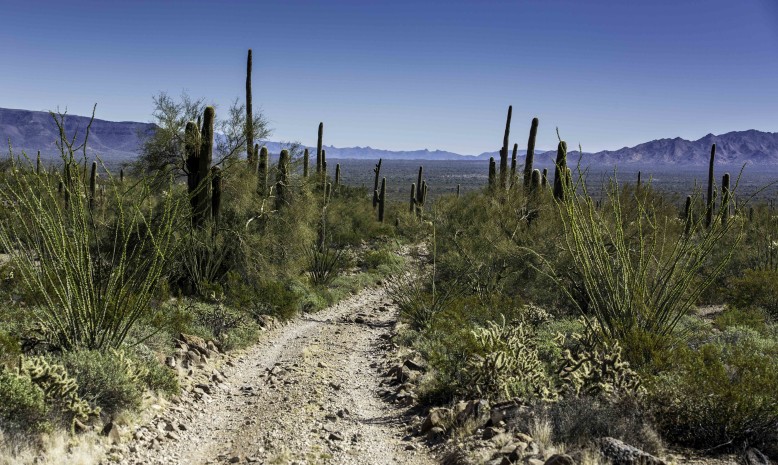
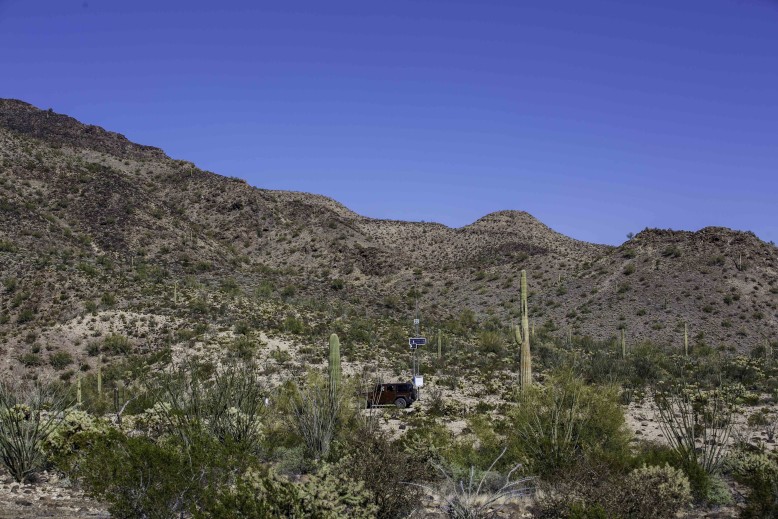
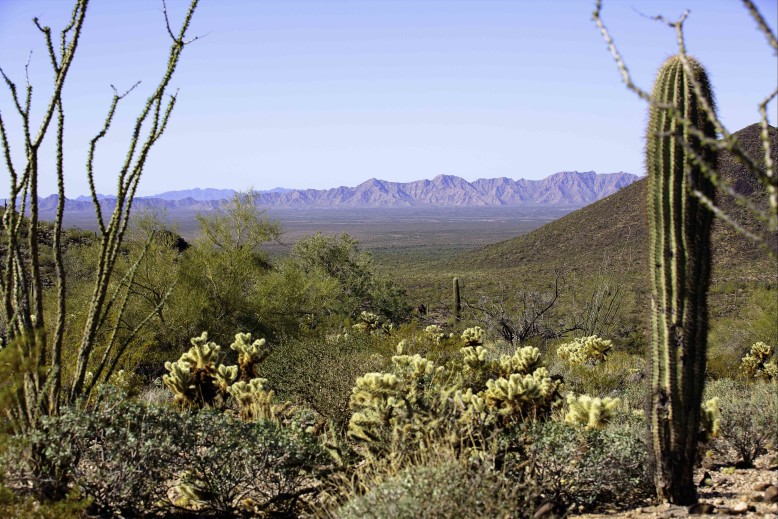
Another entrance to the Refuge is to the south off highway 85 using Darby Well Road. It is approximately 26 miles to get to the southeastern edge of the Refuge boundary. The road can be rough in places, I wouldn’t take a low clearance vehicle all the way out there but you really don’t need a 4×4 either. The scenery is beautiful, just don’t be in a hurry. The Beginning of the Cabeza Prieta Wildlife Refuge is a good 3 hours, unless you stop to take in the beautiful scenery; then it could be 4 hours. Then more of the same type of road over El Camino del Diablo. (The Devils Road)
Road to Cabeza Preita Wildlife Refuge. From Ajo it’s about 26 miles to the Beginning of the Refuge using Darby Wells Road. A Permit is required for each visitor. Pick them up at the Cabeza Preita offices in Ajo on the north side of town.
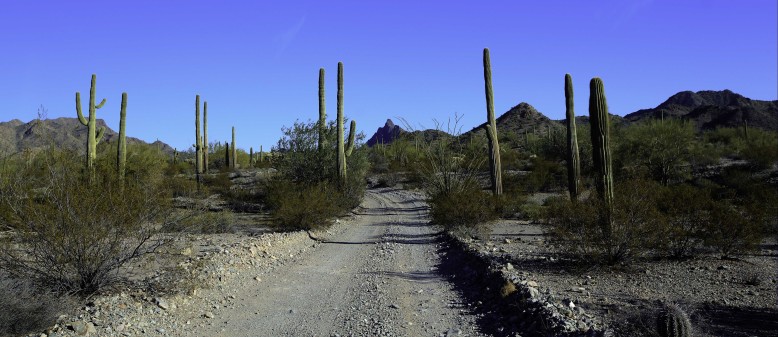
An interesting area along this route is BATES WELL.
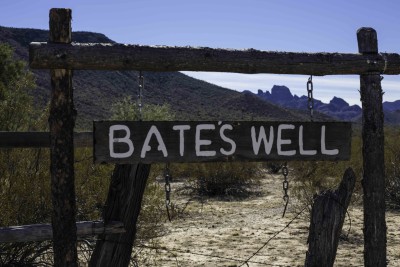
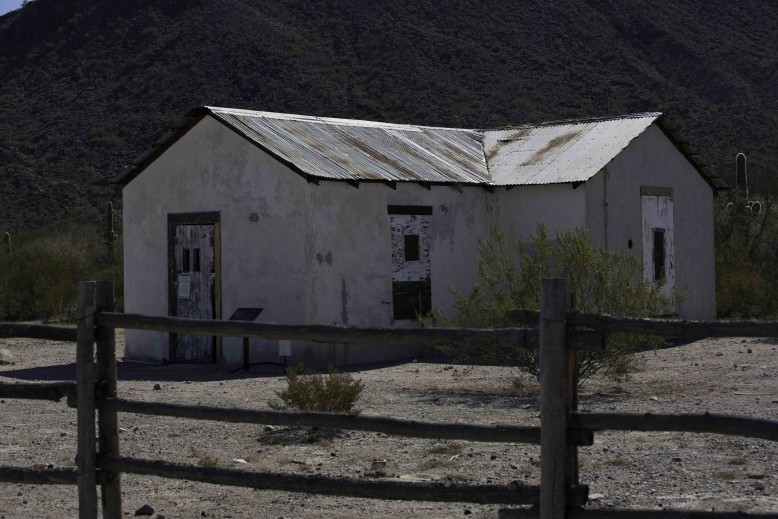
Henry Gray was the last private owner of Bate’s Well. This is his homestead, he had two other brothers and their land rights expanded throughout this land south of Ajo. They had 4 homes on the land. On the wall behind his head in the photo featured on the plaque in front of his house included Queen Elizabeth and President Nixon with the “Plain Truth” logo behind his photo, an interesting combination. I couldn’t quite distinguish who was in the other 3 photos. He ran cattle on this land for about 50 years for many years even after Roosevelt designated the area a National Monument. You will see more of this extrodinary story of this ranching family history in my blog on the Organ Pipe Cactus National Monument.
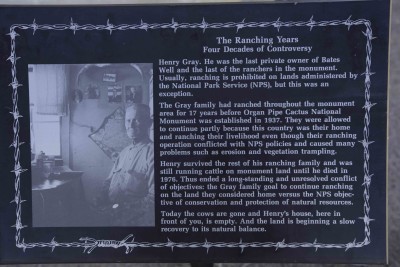
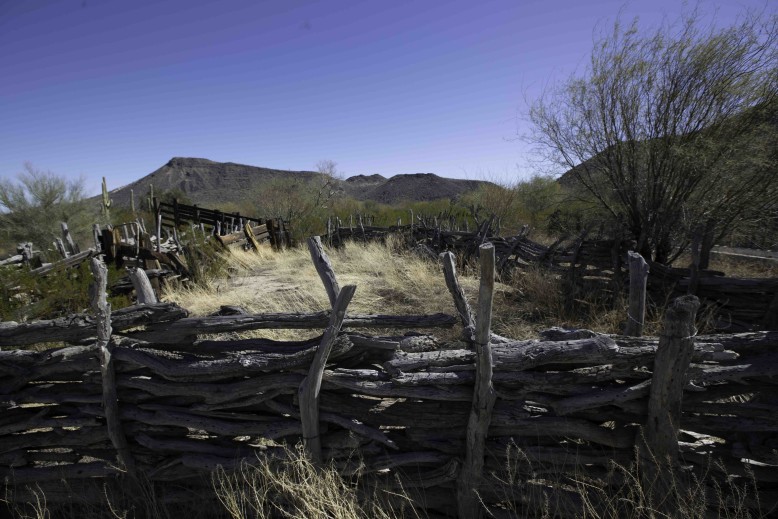
One warning that was posted at the entrance to the ranch was a warning about Africanized Honey Bees (aka Killer Bees) in the area. It made me cautiously explore this ranch with both ears listening carefully for the Humming. The warning also said if a bee or bees keep “bumping you” leave the area. Duh!
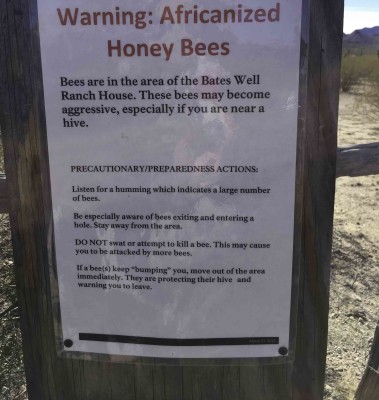
Onward down the rocky road I spotted a Crested Saguaro, which is something I love to find in our travels in the desert. It’s rare to find one of these beauties.
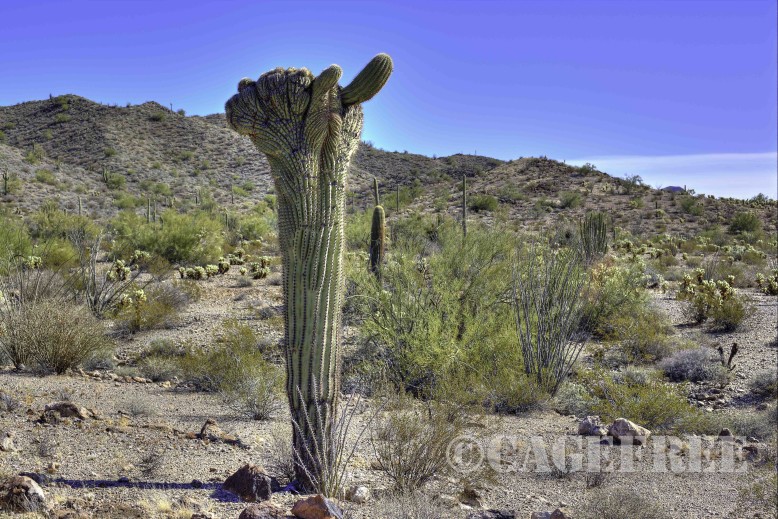
From Ajo you travel through BLM land, Then you actually enter Organ Pipe Cactus National Monument on the Northwestern border, then cross into the Refuge. When you enter the monument boundary it is a fee area, Park passes or dinero is required at the “Iron Ranger” At the boundary of the refuge is a very large camp for the US Border Patrol. We were told by a patrol officer we met along the road that he and many other officers work at this camp twice a year for 5 days straight, then back to their assigned bases. It really remote out here.
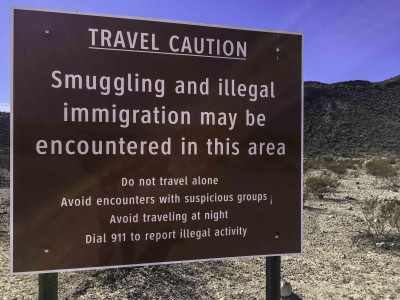
Along the roads in the refuge you will occasionally see these towers. Each one was equipped with a spinning reflector that can be seen for a mile or so, camera and an emergency contact button written in English, Spanish and Hia-Ced O’odham (language of Sand Pimas)
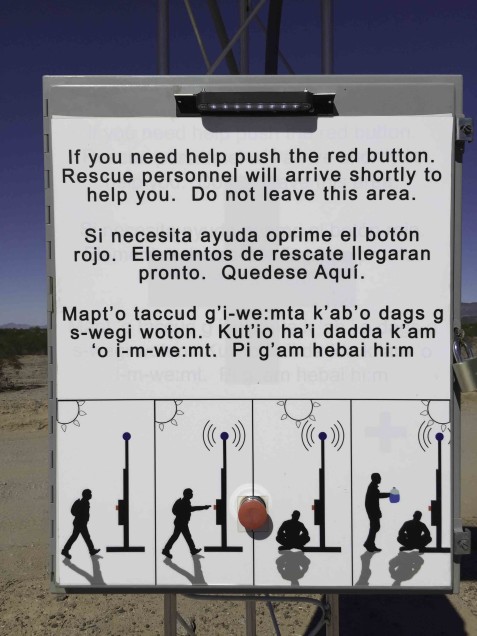
Likely there will be jugs of fresh water at the base of these towers. The patrol officer explained they try to keep water available for people stranded without any water, whether legal or illegals. There are also occasional water tanks marked with blue flags flying high.
I smiled for the camera and we continued on.
Along our trip we spotted remnants of illegals trying to make there way through this barren desert that is so unforgiving when you are without water. (clothes,empty bottles, ropes and even squash that was under bushes still in fresh!)
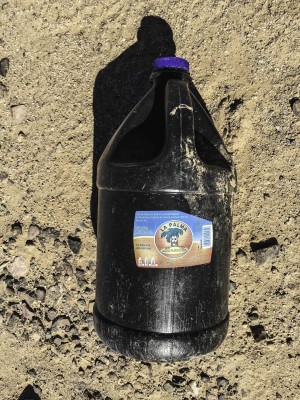
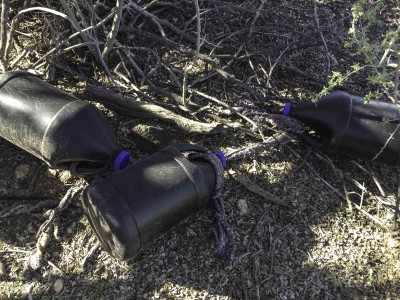
Its a prickly landscape in the Sonoran desert wearing long pants and good shoes is a “bueno” idea. We didn’t come across any, but there are also several different reptiles lurking along the trails that could be a problem if encountered face to face.
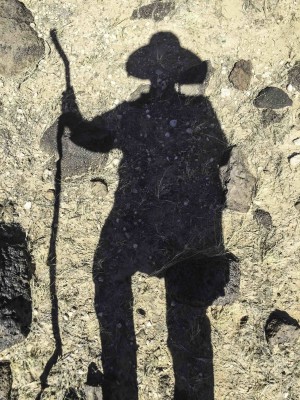
So South we go now to Organ Pipe Cactus National Wildlife Refuge.
